The world of magic resides in a dimension right beside the human world, embroiled in a raging war between the forces of good and evil. To fight the extremists, the old guard used children as cannon fodder, filling young minds with dangerous spells and lofty ideals. Oliver was one of the child soldiers, the Chosen One, who defeated Vanish and his followers, The Hollow. Now, he spends his days in the “real” world as a drunkard, still at war in his mind. Until one day, he meets one of the Hollows. Vanish #2 from Image Comics, created by Donny Cates and Ryan Stegman, with inks from JP Mayer, colors from Sonia Oback, and letters from John J. Hill, sends Oliver on the mission he has been waiting for.
Vanish #2 opens with a disturbing flashback as a group of magical students stumble into New York in 2001. Standing before the twin towers, their teacher, Orrin, shows the reality of the human world of which they have only heard whispers. Oliver remembers that day as clear as daylight. He wants to reignite the war against the evil Hollows and tries to recruit his best friend, Deacon. But Deacon isn’t interested in this venture and implores him to return to his wife’s side. Meanwhile, the Hollows, now masquerading as superheroes, are shaken by Oliver’s reemergence.

There is no true good or evil in Vanish #2. There is darkness even in the righteous who pervert the truth to keep children like Oliver indoctrinated. The opening panels portray a dark day in history that puts the rest of the issue in a grim context. Donny Cates gives insight into Oliver’s angst with a litany of narration boxes. As for Oliver’s quest, his conflict seems to be rooted in his need for approval from the people closest to him, making the issue a dialogue-heavy affair that goes nowhere. This issue spends more time dissecting interpersonal relationships than making headway in the plot.
Due to his longtime association with Cates, artist and creator Ryan Stegman knows precisely what each scene requires from him. He starts with a portrayal of a tragic incident and lets the reader soak in the shock. Oliver goes through quite a change in wardrobe throughout the book, from his tattered magical cloak and mask to a more sophisticated look for social calls. Stegman uses each costume to help communicate Oliver’s mood. Meanwhile, JP Mayer’s inks leave a gritty aesthetic, as do Sonia Oback’s muted colors. The latter is instrumental in giving the book the bleak, dark atmosphere that Oliver craves, setting the tone for the issue.

Vanish #2 opens with a bang but fizzles out quickly as the issue tries to flesh out Oliver’s motivation before jumping into the plot. As a result, the pacing and the plot suffer. Funnily enough, the only thing going for Oliver is his violent persona and persistent brooding that feels too one-dimensional. But Cates and Stegman seem determined to take the series down an edgy yet entertaining road.
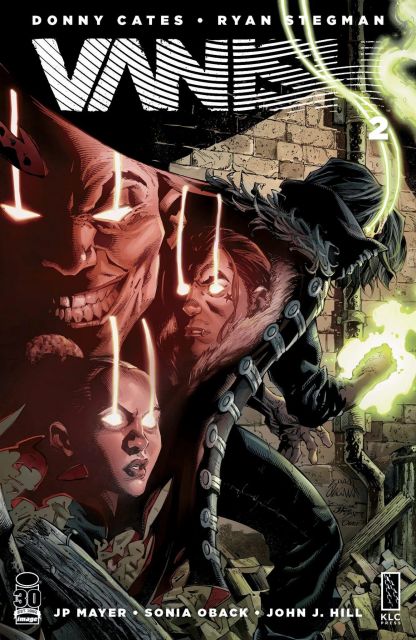
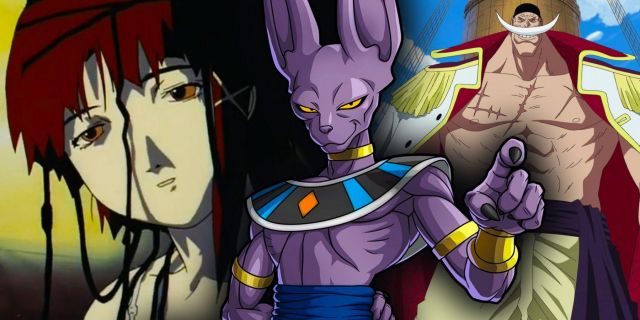


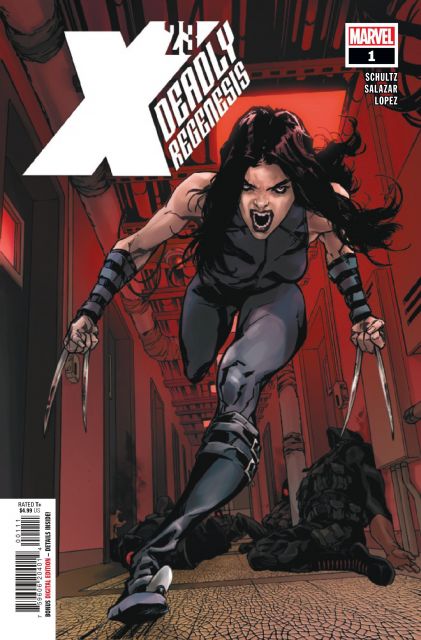
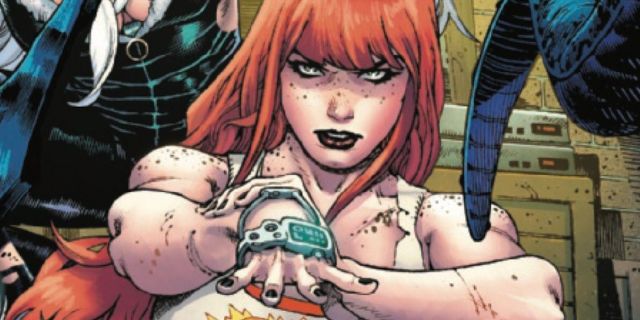
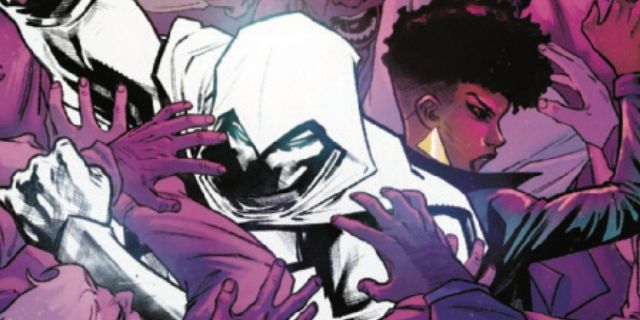


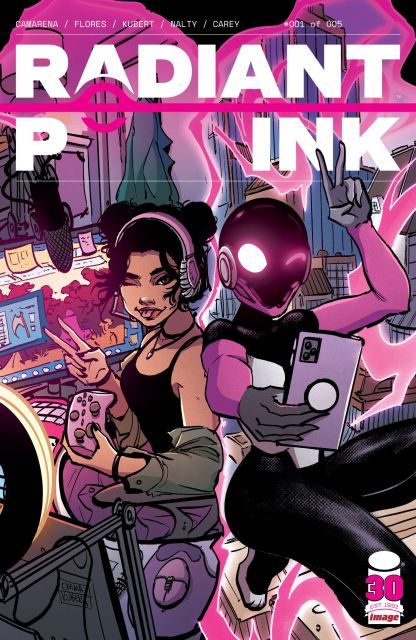





Leave a Reply